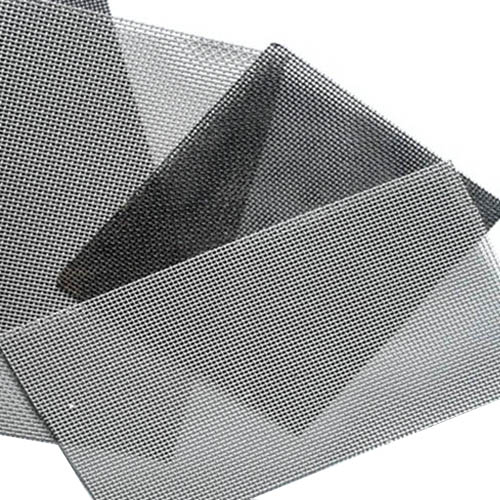Window screens have been a valuable addition to homes and buildings for many years. They serve various purposes, such as keeping insects out, allowing fresh air to circulate, and providing a level of privacy. Over time, the materials and designs of window screens have evolved, but their primary functions have remained consistent.
In the past, window screens were often made of metal wire mesh, which was effective in keeping insects out but could be prone to rust and damage. As technology and materials advanced, fiberglass and aluminum screens became more popular due to their durability, lightweight nature, and resistance to corrosion.
Currently, window screens are available in various materials, such as fiberglass, aluminum, and even stainless steel. They come in different mesh sizes and styles to cater to specific needs and preferences. Some modern window screens also offer additional features, such as solar protection, pet-resistant materials, and pollen-blocking capabilities.
In summary, both former and current feelings towards window screens are generally positive, as they provide essential functions like insect protection, ventilation, and privacy. The evolution of materials and designs has only improved their effectiveness and versatility, making them a valuable addition to homes and buildings.
